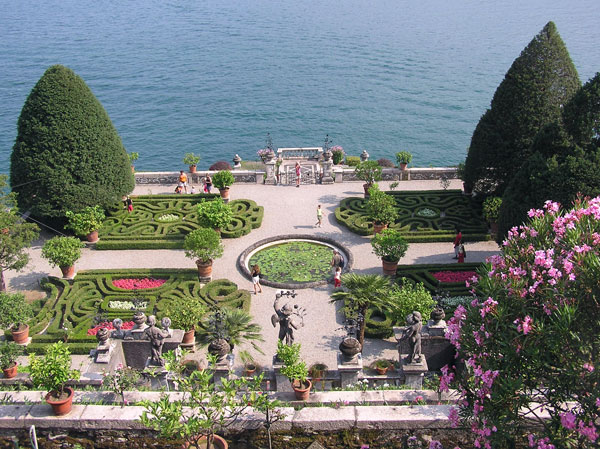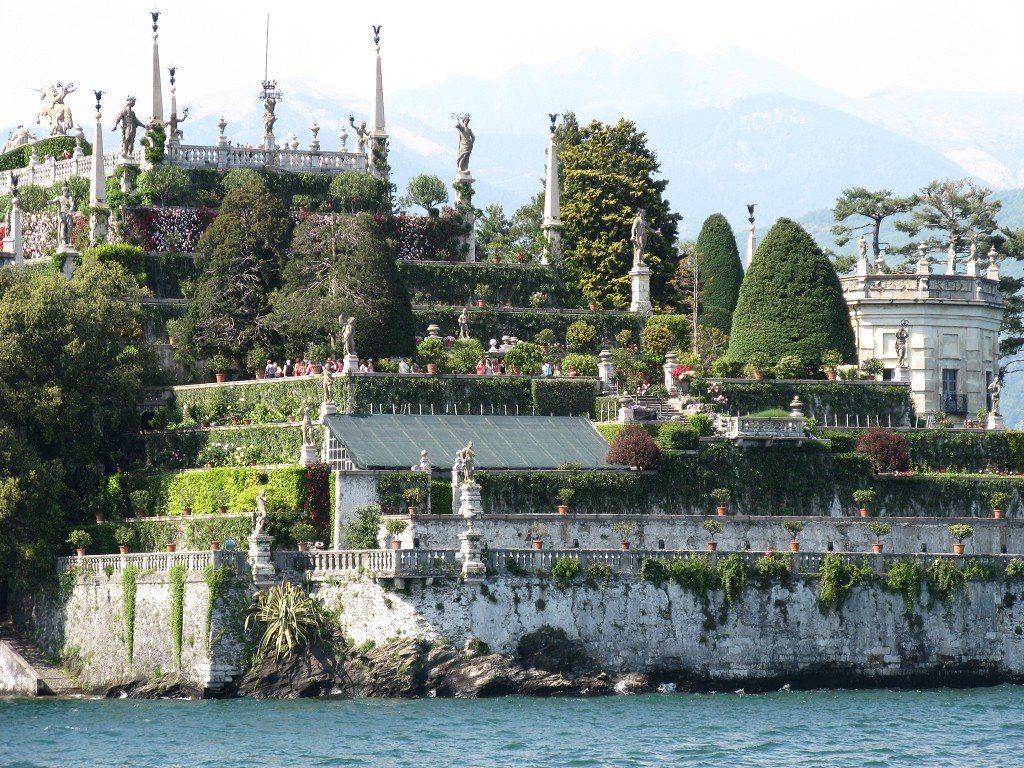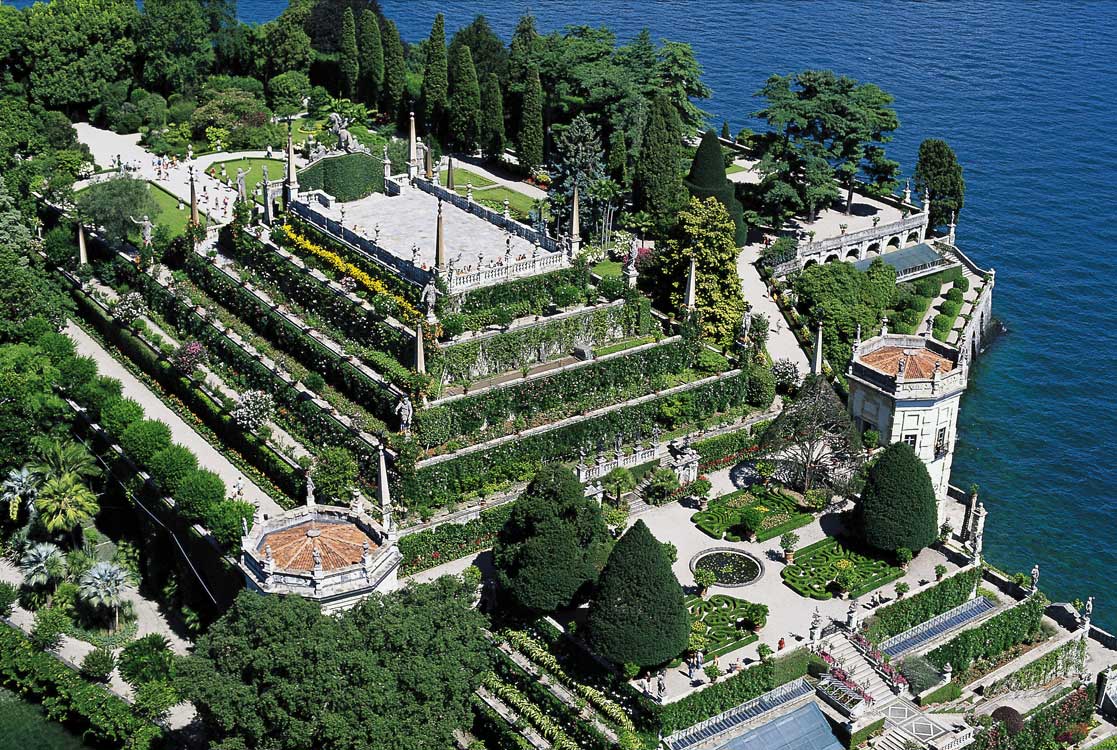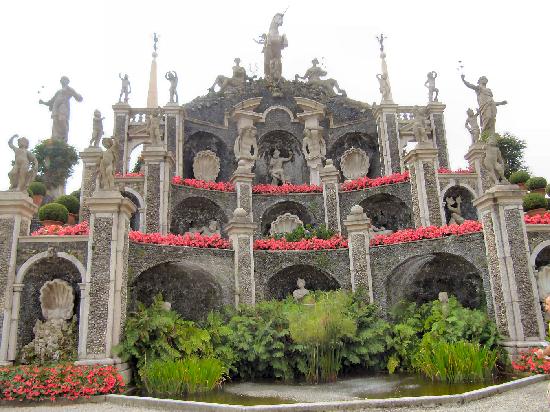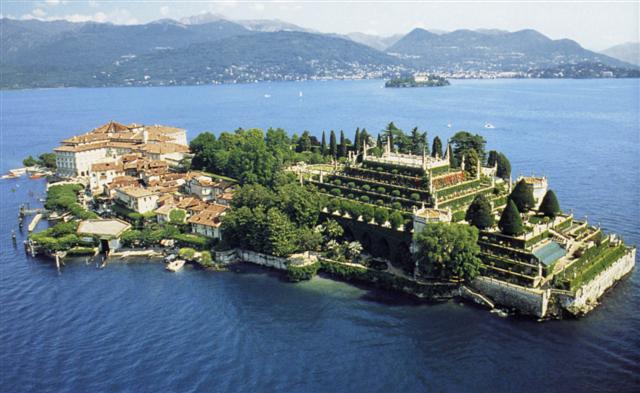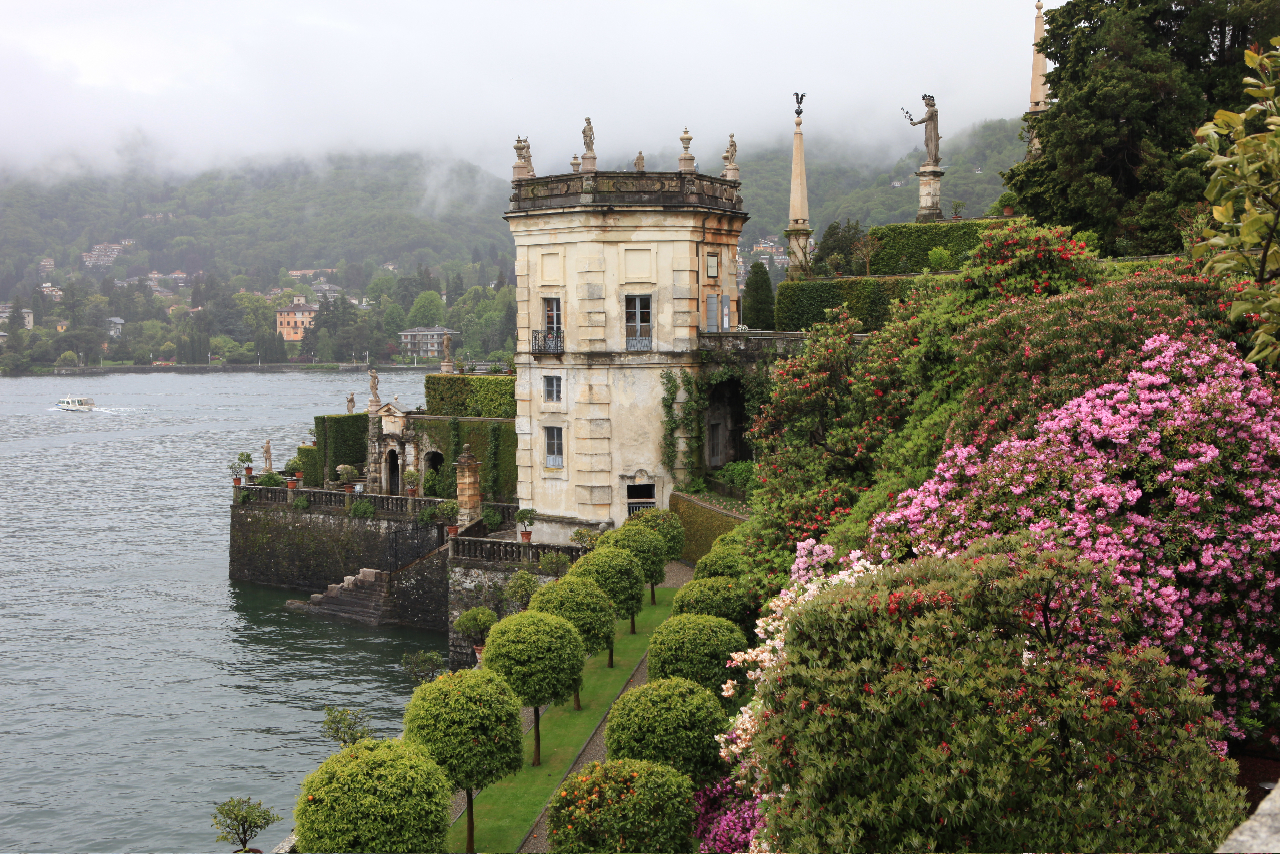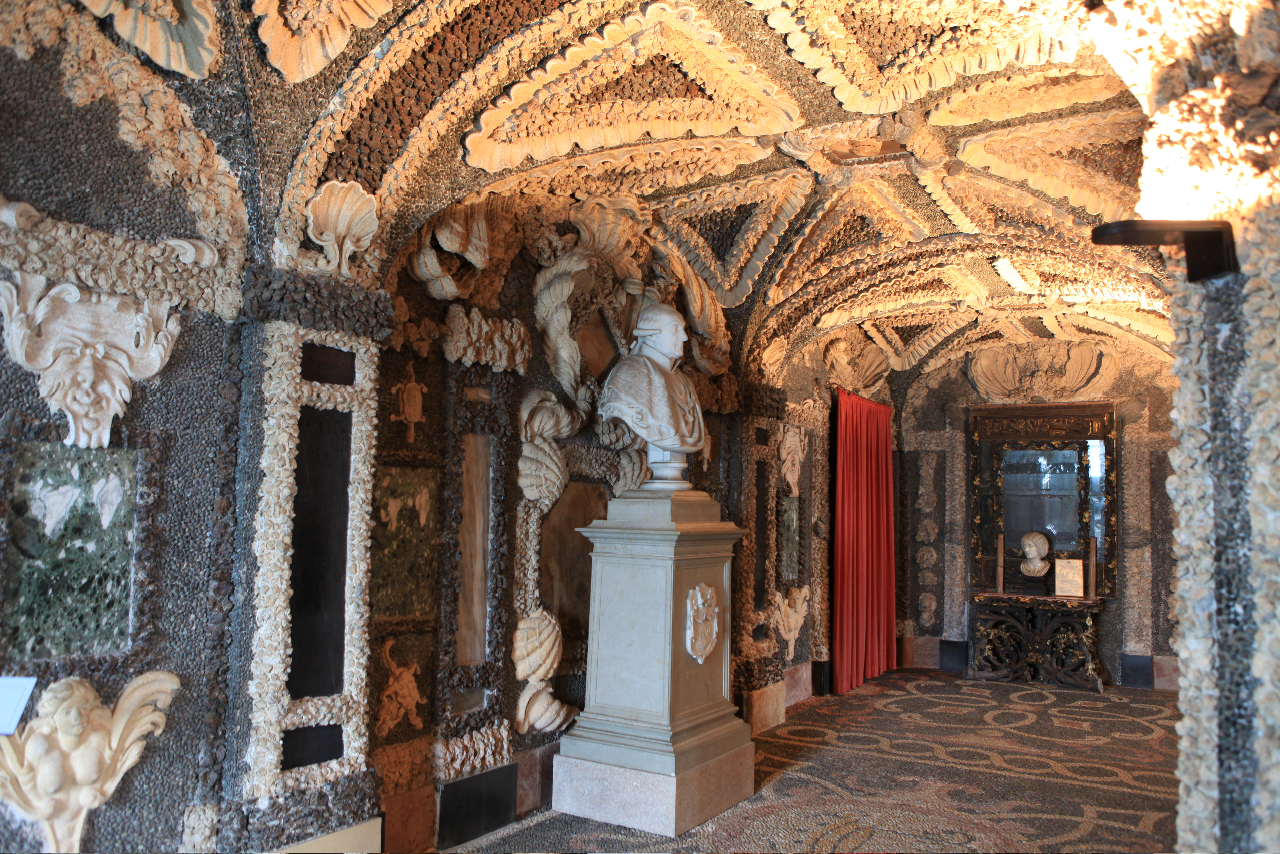
Isola Bella – Borromeo Palace
This post is also available in:
 Italiano (Italian)
Italiano (Italian)
Isola Bella on Lake Maggiore, about 0.2 miles off the Stresa shore, is part of the Borromean Islands, together with Isola Madre and Isola dei Pescatori. It’s 1.049-ft long and 590-ft wide, almost entirely used by a XVII century palace and its gardens, which extend to the southern tip of the island. Isola Bella still belongs to the Borromeo family.
In ancient times, Isola Bella, once called “Isola Inferiore” (“Lesser Island”), was just a rocky cliff, with a fishing village and two churches: San Vittore and San Rocco. In the XVI century, Julius Caesar III Borromeo bought the land.
Vitaliano I, from the Borromeo family, was the first to think about a palace on the island but the actual noble residence was eventually built by Carlo III Borromeo in 1632; he did so for his wife Isabella d’Adda (hence the new name “Isola Isabella”, then abbreviated to “Isola Bella”), contracting the architect Angelo Crivelli. The latter created the general layout of the gardens, trying to give the island the shape of a ship.
To create the terraces, a large amount of land was transported by boats, to cover the rocky soil of the island. The “Noria Tower” was built on the west side, housing all the hydraulic systems for irrigation.
Orange, lemon, boxwood and cypress trees were planted, along with many useful plants. The palace and the gardens were conceived as a single entity and the island thus took the shape of an imaginary vessel with the villa at the bow and the garden at the stern.
After a period of neglect, in the mid-1600s, due to the plague outbreak in the Duchy of Milan, the work was resumed by Carlo’s sons: between 1652 and 1690 Vitaliano VI and his brother, the Cardinal Giberto Borromeo, asked the architect Francesco Castelli to add the stone decorations that are still visible in the garden such as balustrades, statues, obelisks, and vases; further works in the building, on the other hands, were done by the architects Francesco Maria Richini and Carlo Fontana.
On the ground floor, a series of rooms facing the garden were decorated as a cave, with the walls encrusted with shells and embellished with nymphs and black marble mirrors, according to the popular taste of that time.
In 1675, the “Diana atrium” was built to cope with the lack of axial alignment between the palace and the garden – this new element featured two slightly staggered winding stairways.
The palace was completed by Vitaliano X (1892-1982) who finished the north facade and the connected pier, while building the large hall as per the original project.
The Borromeo Palace
The interior, elegant and sumptuously furnished, is a succession of rooms, with furniture, statues, and valuable paintings, including the works of the Neapolitan painter Luca Giordano (1632-1705), the Tuscan artist Francesco Zuccarelli (1702-1788) and the landscaper Flemish Pieter Mulier – also known as “the Tempest” (c. 1637-1701). The palace also houses a precious collection of 7 priceless Flemish tapestries from the 1400s, recently restored.
The cave-like decorated rooms are just as interesting as the Music Room, where the Stresa Conference between Mussolini, Laval and Mac Donald took place in 1935; there is also the Napoleon Room, where the French emperor slept in 1797, with his wife Giuseppina Beauharnais.
The gardens
The garden adjacent to Borromeo Palace is considered one of the most famous, grandiose and best-preserved in Italy, full of white peacocks and luxuriant vegetation. Built at different times, but consistent with its style, it features a pyramid shape, culminating in the large statue of a unicorn ridden by Love, the symbol of the Borromeo family.
Divided into 10 sloping terraces, the garden is bordered by walls and balustrades; it is embellished by basins, fountains, architectural perspectives and a multitude of statues dating back to the second half of the XVII century, representing rivers, the seasons and the winds.
The gardens are accessed through the “Diana atrium”, an open space with a polygonal plan closed at the bottom by a niche with the statue of the Roman goddess.
From there, visitors can reach “Piano della Canfora” with a monumental Cinnamomum camphora tree planted in 1820. In the 6 flowerbeds symmetrically arranged, there are several exotic plants as well. On its southern side, this space takes the name of “Teatro Massimo” and is divided into three superimposed exedras, with several statues. To the south, there’s the “Quadro garden”, containing a central basin and symmetrical flower beds decorated with box hedges.
At the south-east corner, there’s the “Triangle garden” and the “East shelf”. Finally, on the north-east corner, there’s the “private garden”.
Plants
Vitaliano IX (1792-1874), an expert botanist, introduced many exotic species as well as new greenhouses and a water pumping system into the gardens. The particularly mild climate of Lake Maggiore has allowed the growth of a rich and variegated vegetation: azaleas and rhododendrons, espaliers of grapefruits and bitter oranges, orchids and carnivorous plants.
During the winter season, the exotic plants are stored in the XIX century greenhouse.
The silhouette of the more than 200 years-old, large Cinnamomum camphora tree stands out amongst the rest of the vegetation.
The curator of the gardens of Isola Bella and nearby Isola Madre, Gianfranco Giustina, won the “International Award for Contribution to Gardening and Botany”, promoted by the Royal Horticultural Society, in March 2014.
This post is also available in:
 Italiano (Italian)
Italiano (Italian)
Contatti
Isola Bella - Stresa(VB)
0323 30556
info@borromeoturismo.it
Altre info
Ingresso combinato Isola Bella e Isola Madre 14,50 euro
dal terzo fine settimana di marzo al terzo di ottobre
9.00 - 18.30
